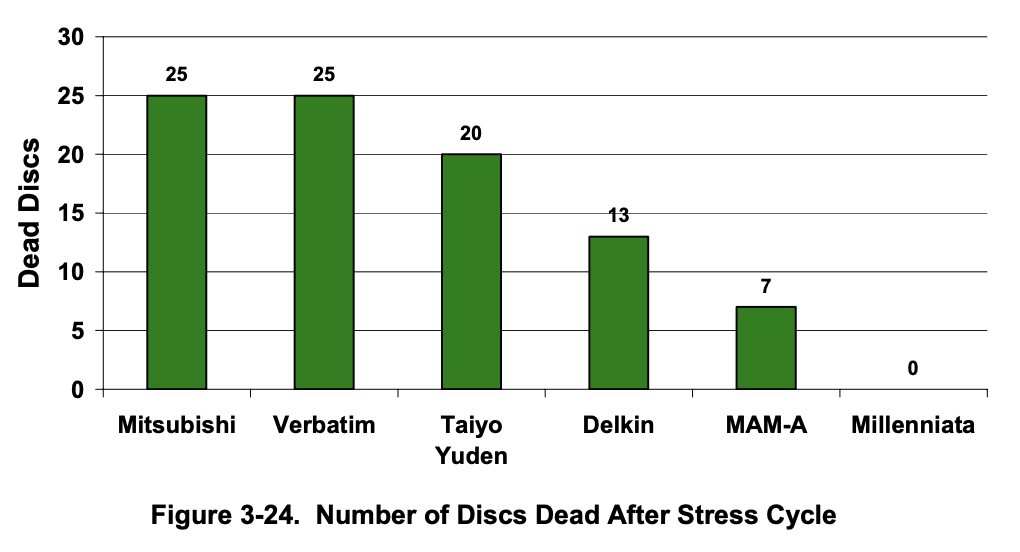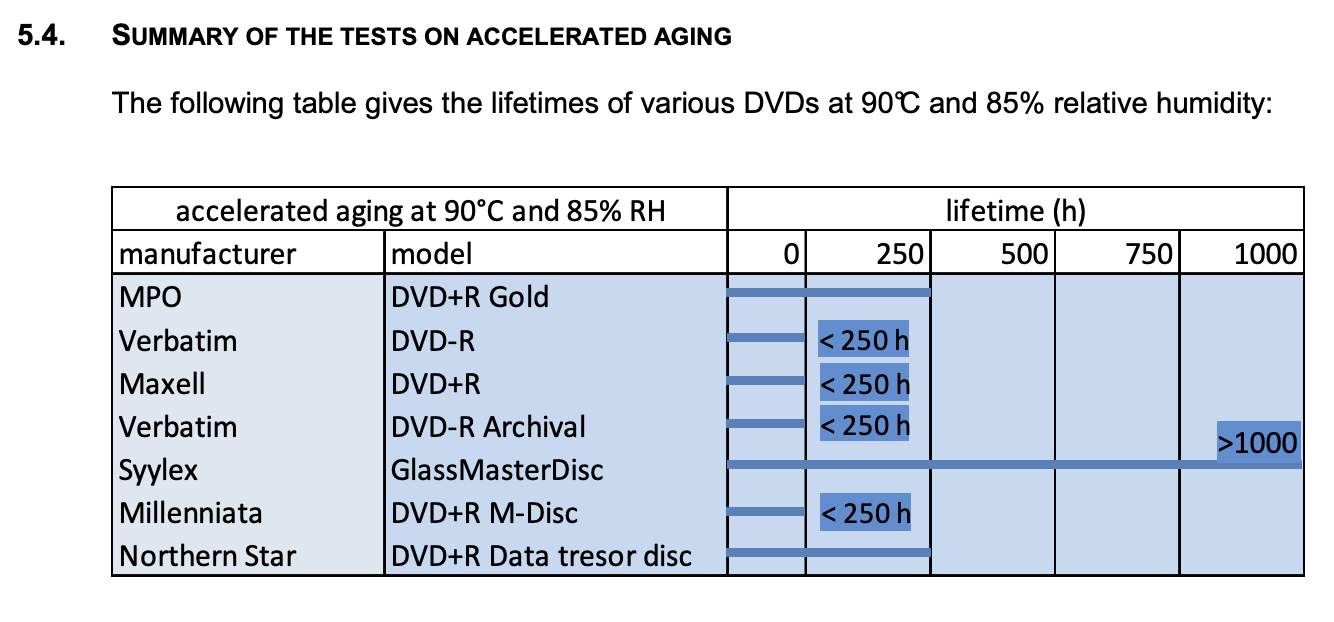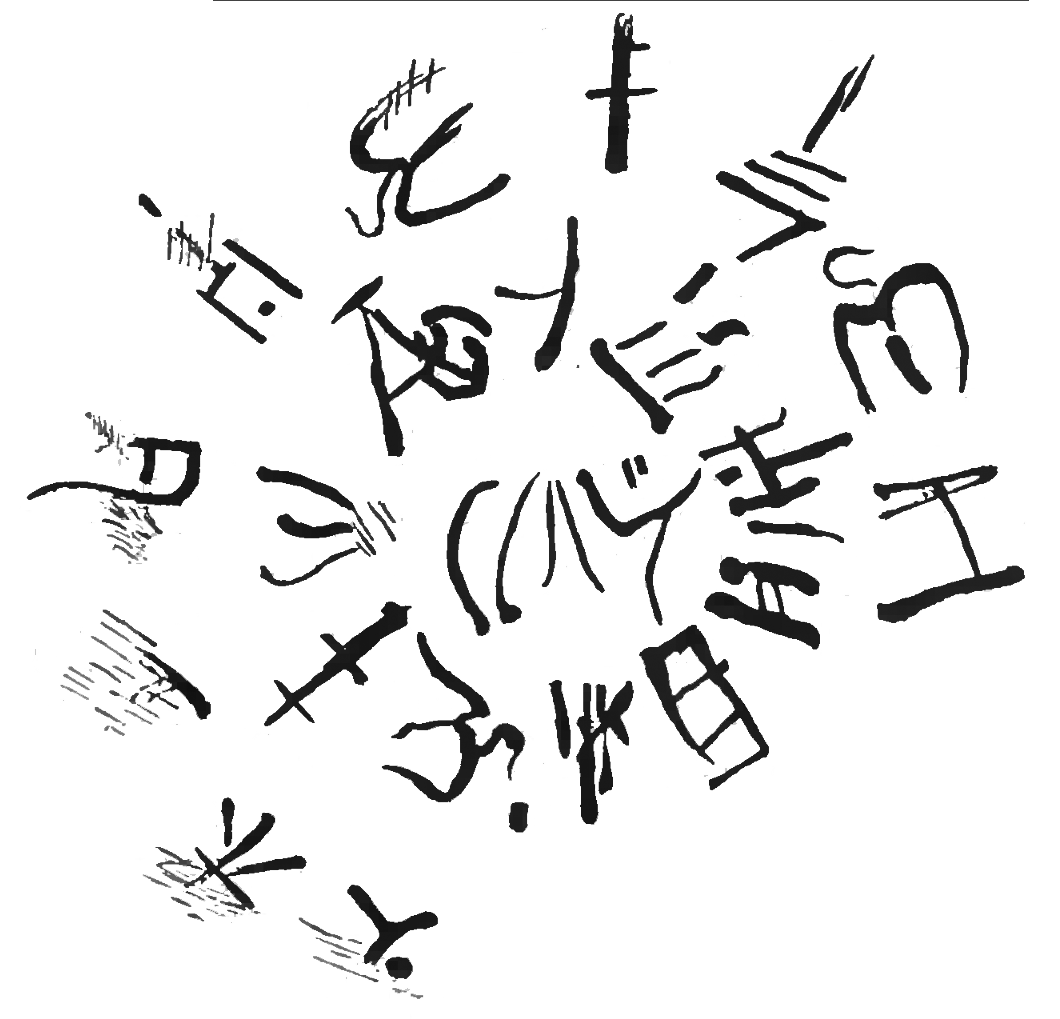Media Evolution
Information’s lifetime typically trades off against density.
Data and Media Lifetime
“Digital Dark Age”
Perpetual Archives
Communicating Across Time and Culture
Information’s lifetime typically trades off against density.
M-DISC is an archival-quality storage solution that preserves photos, videos, music, and documents for 1,000 years or more.
How do we verify the lifespan of a “permanent” medium?
Expose them to harsh conditions like
A US Defense study was favorable for M-Discs.


“NASA admitted in 2006 that no one could find the original video recordings of the July 20, 1969, landing… …they were part of a batch of 200,000 tapes that were degaussed – magnetically erased – and re-used to save money.”
“We should have had a historian running around saying ‘I don’t care if you are ever going to use them – we are going to keep them’,” he said.
They found good copies in the archives of CBS news and some recordings called kinescopes found in film vaults at Johnson Space Center.
Prof. Peter Kazansky promises “Backing Up Humanity for Eternity”.
The simplest documents are “plain text” in ASCII format:

(An easier to read table is available here).
Linear A is a writing system that was used by the Minoans of Crete from 1800 to 1450 BC to write the hypothesized Minoan language or languages. Linear A was the primary script used in palace and religious writings of the Minoan civilization… No texts in Linear A have yet been deciphered.
Natural languages are not designed to be easily deciphered.
